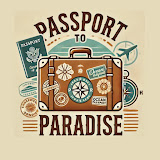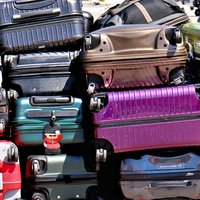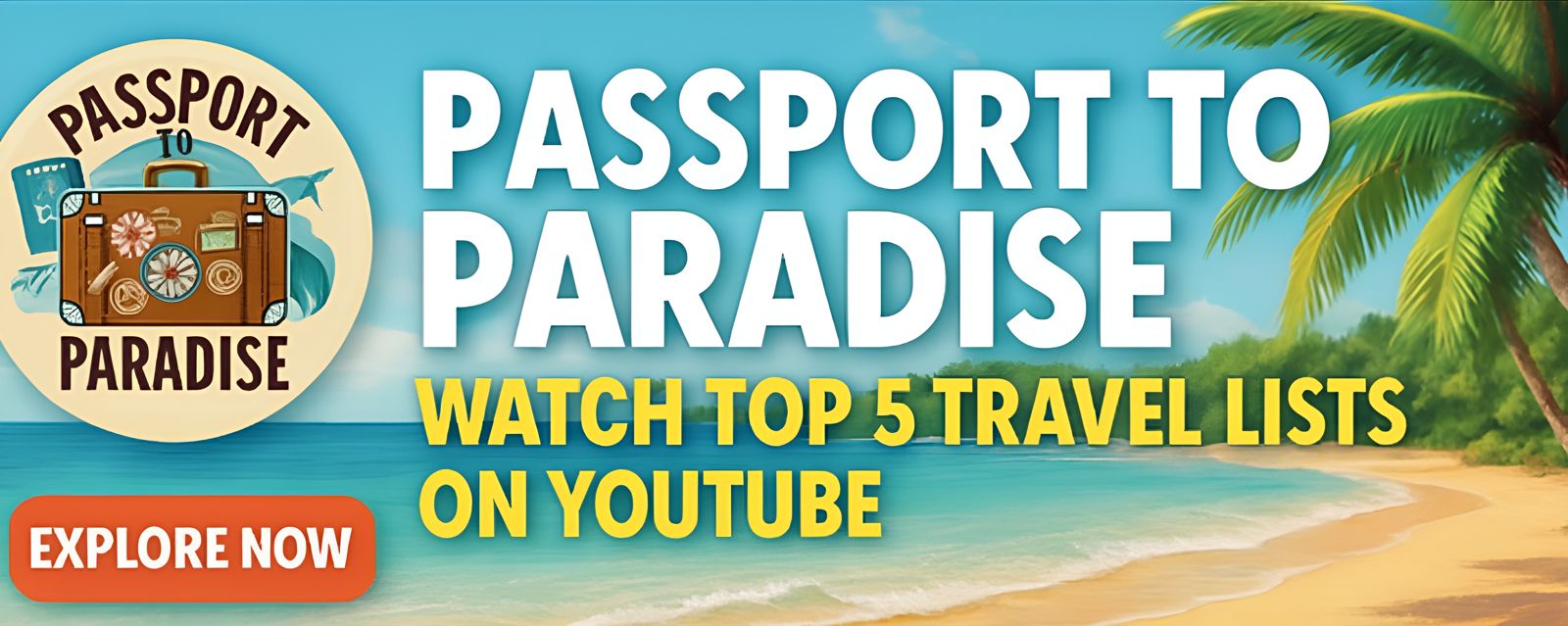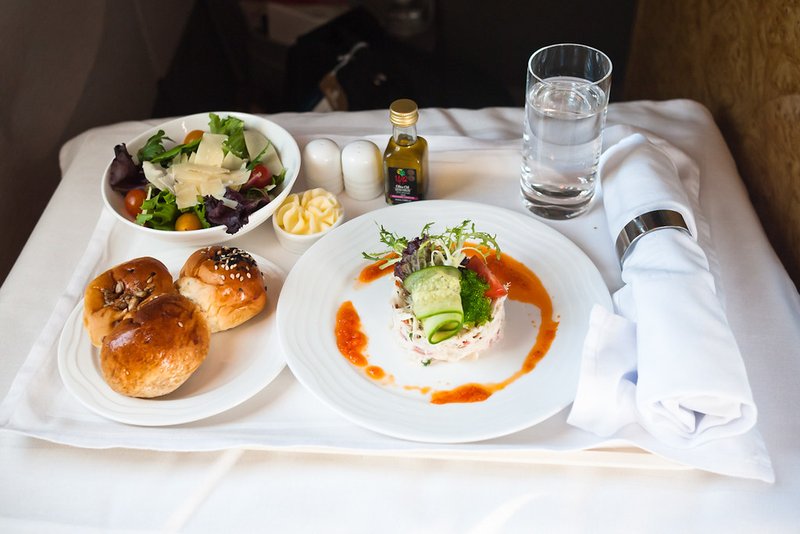Picture this: You're scrolling through flight deals at 2 AM (because that's when the best prices magically appear, right?), and suddenly there it is — a $89 flight to Bangkok. Your heart does a little dance. You click "book now" faster than you can say 'pad thai.'
Three hours later, after adding baggage fees, seat selection, meal upgrades, and that mysterious 'convenience charge,' you're staring at a $347 total. Welcome to the beautifully infuriating world of airline pricing strategies, where nothing is ever what it seems and that "deal" just became more expensive than the full-service carrier you ignored.
The Great Unbundling: How Airlines Turned Everything Into an Add-On
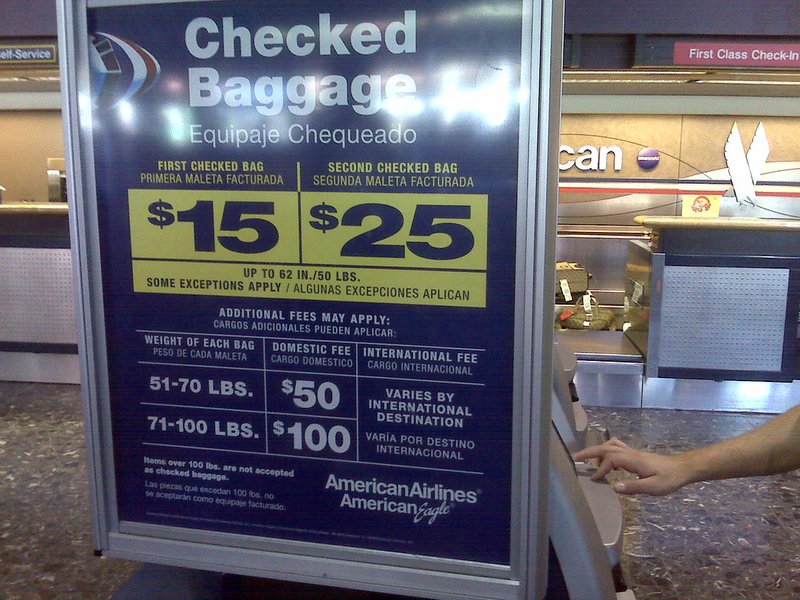
Remember when a plane ticket included, well, everything you needed to actually fly? Those days are as extinct as complimentary peanuts. Airlines discovered they could advertise rock-bottom prices by stripping away every possible service and selling it back to you piece by piece.
I learned this the hard way on a budget flight from Tokyo to Manila. The base fare looked amazing — until I realized it didn't include a carry-on bag. Not even a small one. I watched fellow passengers frantically reorganizing their belongings at the gate, stuffing laptops into jacket pockets and wearing three layers of clothing to avoid the $45 carry-on fee.
The unbundling strategy is brilliant from a business perspective and maddening from a traveler's. That $89 base fare transforms into:
- Carry-on bag: $35-65
- Checked bag: $45-85
- Seat selection: $15-45
- Priority boarding: $20-35
- In-flight meal: $12-25
Suddenly, your "cheap" flight costs more than the full-service airline that includes most of these perks in their base price.
The Psychology of Fake Urgency (And Why We Fall for It Every Time)

"Only 3 seats left at this price!" screams the booking site, complete with a countdown timer that somehow resets every time you refresh the page. I've seen this same "last 3 seats" message persist for weeks on routes that clearly have dozens of empty seats.
Airlines and booking platforms have mastered the art of manufactured urgency. They know that fear of missing out drives impulsive decisions, leading to poor price comparisons. When you're panicking about losing that "amazing deal," you're not carefully calculating the total cost with all fees included.
Here's what I've noticed after years of booking flights across Asia: those urgent warnings rarely reflect reality. I once spent an entire afternoon agonizing over a "last chance" fare to Seoul, only to find the same price available three days later — with better flight times and fewer restrictions.
The real urgency isn't the price disappearing; it's taking the time to properly compare your options before booking. That extra hour of research can save you hundreds of dollars and significant hassle.
Hidden Fees: The Devil's in the (Very Fine Print) Details
Airlines have become creative geniuses when it comes to inventing new ways to charge you money. Beyond the obvious baggage and seat fees, there's a whole ecosystem of charges that only reveal themselves during the booking process — or worse, at the airport.
During a recent trip planning session for a friend visiting Vietnam, we discovered fees I didn't even know existed. There was a "payment processing fee" for using a credit card (as opposed to what, exactly?), a "booking convenience charge" for the privilege of booking online, and my personal favorite: a "fuel surcharge" that somehow wasn't included in the base fare.
Some of the sneakiest fees include:
- Change and cancellation fees: Often cost more than the original ticket
- Name correction fees: $50-150 to fix a typo in your own name
- Printing boarding pass fees: Some budget airlines charge if you don't check in online
- Airport check-in fees: Extra charges for using airport counters instead of online check-in
- Seat assignment fees: Even for middle seats in the back row
The most frustrating part? These fees often aren't clearly disclosed until you're deep in the booking process, when you've already invested time and emotional energy in that particular flight. Fortunately, the Biden administration's new airline fee regulations now require airlines to disclose these charges upfront, making it easier to compare true costs.
The True Cost Calculator: What You're Really Paying
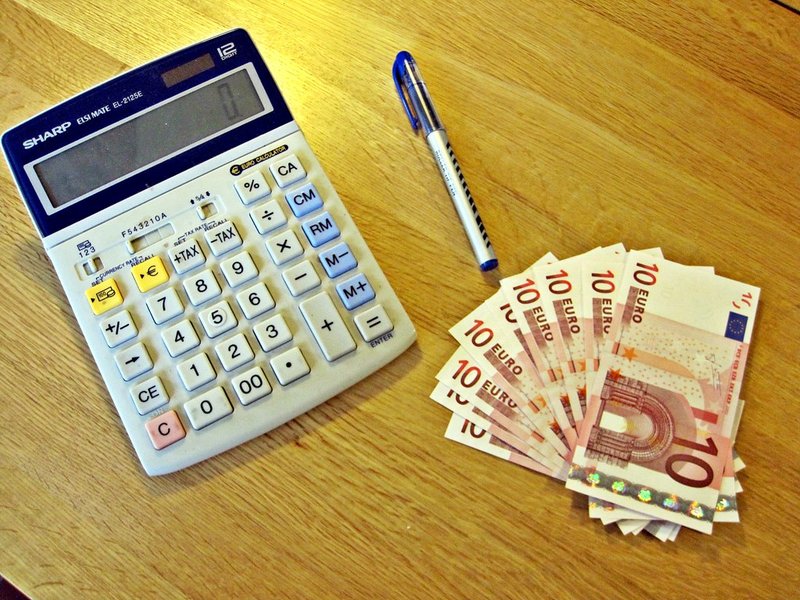
Let me walk you through a real example from my last booking experience. I was comparing flights from Bangkok to Osaka, and the price differences were eye-opening once I calculated the true costs.
Budget Airline "Deal":
- Base fare: $127
- Carry-on bag: $42
- Seat selection (aisle): $28
- Meal: $18
- Payment processing fee: $8
- Total: $223
Full-Service Airline:
- Base fare: $198
- Includes: carry-on, checked bag, seat selection, meal, entertainment
- Total: $198
The "cheap" flight ended up costing $25 more while including fewer perks. Plus, the budget airline had a 6-hour layover in Kuala Lumpur, whereas the full-service flight was direct.
This pattern repeats constantly. When you factor in the value of your time, the stress of navigating restrictions, and the actual out-of-pocket costs, that bargain fare often becomes the most expensive option.
Smart Shopping: How to Actually Find Good Flight Deals
After years of falling for fake deals and getting burned by hidden fees, I've developed a system that actually works. It's not as exciting as clicking "book now" on the first cheap fare you see, but it saves money and sanity.
Start with the total cost, not the base fare. Always add up baggage, seats, and any other fees you'll realistically need before comparing prices. Most booking sites now offer "total price" views — use them.
Consider your time as money. That 14-hour journey with two layovers might be $50 cheaper than the direct flight, but is saving $50 worth losing an entire day of your vacation? Factor in airport meals, potential hotel costs for long layovers, and the exhaustion factor.
Read the fine print on changes and cancellations. Life happens, and travel plans change. A slightly more expensive ticket with flexible change policies often saves money in the long run.
Use reliable comparison tools. Google Flights and KAYAK are excellent for getting a comprehensive view of your options, including price tracking and flexible date searches.
Book directly with airlines when possible. Third-party booking sites might show lower prices, but they often add their own fees and make changes or customer service issues much more complicated.
The best "cheap" flight is the one that gets you where you need to go, when you need to be there, without surprise costs or major hassles. Sometimes that's the budget carrier, sometimes it's not — but you'll only know if you do the math upfront.
Keiko Tanaka
Fluent in Japanese, 7 years documenting offbeat Asia travel
Japanese-American travel blogger and filmmaker exploring Asia’s hidden gems, street food scenes, and cultural quirks.
